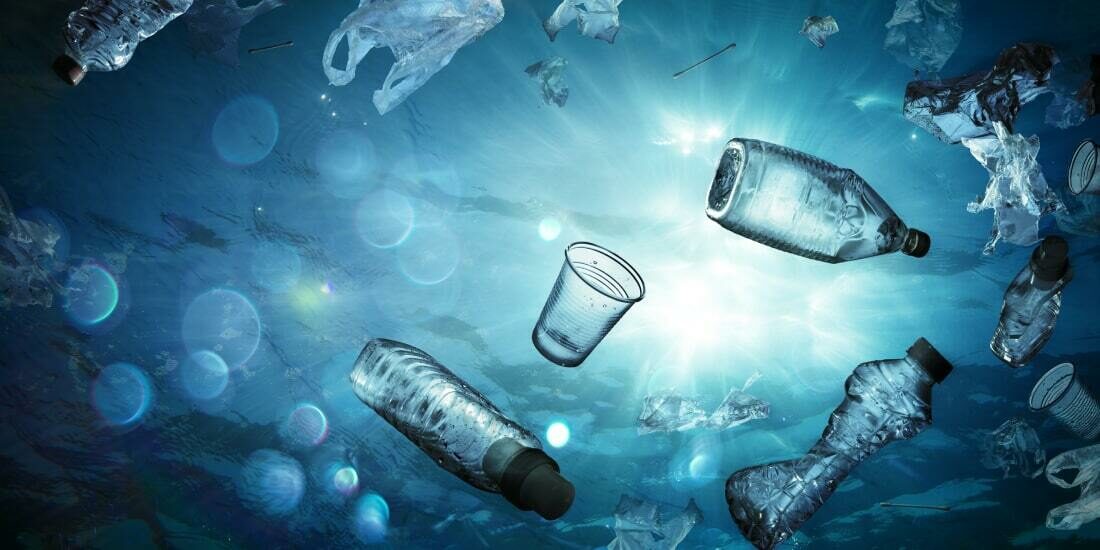Is Plastic the Fuel of the Future?

The Professor of Energy and Sustainability at the University of Cambridge, Professor Reisner, believes that plastic is an untapped reserve of fossil fuel that we might be able to utilise. Worryingly, less than 10% of the 7 billion tonnes of plastic ever created has been recycled. Due to its composition, the strength of the material means it lasts, whether in landfill or the environment, for hundreds or maybe thousands of years. Recent research could clear the path for making use of all this plastic waste.
Currently, the plastic that is recycled goes through a mechanical recycling process. This washes, shreds and melts the material before it is then reformed into new shapes for reuse. The process, however, generates weaker and lower quality plastic over time. The alternative is called chemical recycling, and this changes the chemical structure to allow for raw materials to be reused. Petrol and diesel could be generated from chemical recycling, but it is expensive and isn’t an efficient process.
Professor Reisner has come up with a process that uses plastic and carbon dioxide to return usable chemical products. Along with his team, the technology uses sunlight and works at both room temperature and room pressure. CO₂ is turned into syngas and glycolic acid. The former is used in sustainable fuels, while the latter is a product that is mainly used in cosmetics. Among the benefits, there is no waste material produced.
The clean chemical reaction is the first of its kind to combine two waste products that results in usable materials. Professor Reisner believes the process can also be used for plastic that is deemed to be unrecyclable. Plastic that is contaminated with food is usually burned, but the food exacerbates the chemical process, keeping the applications of their process widely usable. By producing syngas without using fossil fuels, Profession Reisner is confident that his team can reduce the 600 million tonnes created every year through fossil fuels.
In a similar vein, Doctor Victoria Bremmer, from the University of Portsmouth, is looking at changing enzymes to break down plastic waste. Machine learning has helped her and her team to create enzymes that can break down polyethylene terephthalate, or PET, which is the most widely used plastic in the world.
Nature can break down polymers, and plastic is essentially a man-made polymer. The results of this reaction allow for plastic to be reused as many products that would otherwise require new materials to be created. It is also useful for the creation of biodegradable compounds that can be used for biomedical purposes.
This process of using these enzymes is similar to other chemical recycling processes but can be used much more sustainably. Doctor Bremmer’s process only makes use of water instead of any chemicals, and only to temperatures of 70°C, which is much lower than other processes. The team is hoping to be able to use the process to recycle PET in clothing, but the use of dyes and other fibres makes it much more difficult. They are not deterred from their mission, and will continue to develop their enzymes further until a circular economy for synthetic clothing can be achieved.
